The origins of this project
For my latest project I wanted to use rotary encoders. They have really cool haptic feedback for a user and it gives your user-interface a very "organic" feel at the age of everything touch-screen based.
The problem I faced with them are related to bouncing. Sometimes; the encoder would register a counter clockwise turn when you have been turning clockwise the whole time; or the button would trigger a few times.
From this frustration came the idea to design a little module that would be completely bounce free. Debouncing is a bit of an art but there's an article on hackaday that explains pretty much everything you need to know:
https://hackaday.com/2015/12/09/embed-with-elliot-debounce-your-noisy-buttons-part-i/
I designed a first prototype using Schmitt-trigger gates and a RC network and this was the first version of this:
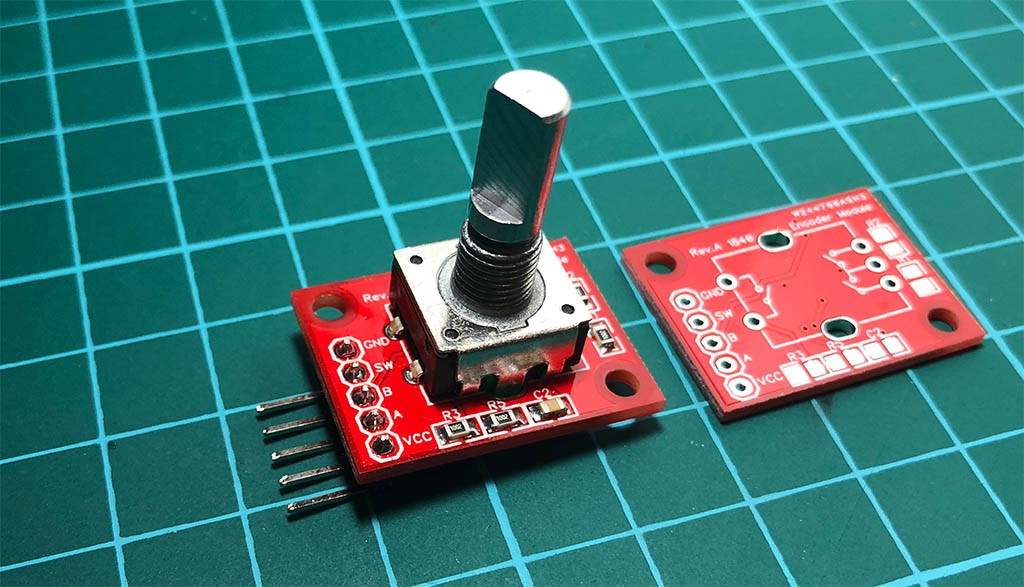
I used 0805 surface mount components for these, but I still could not get everything on one side of the PCB.
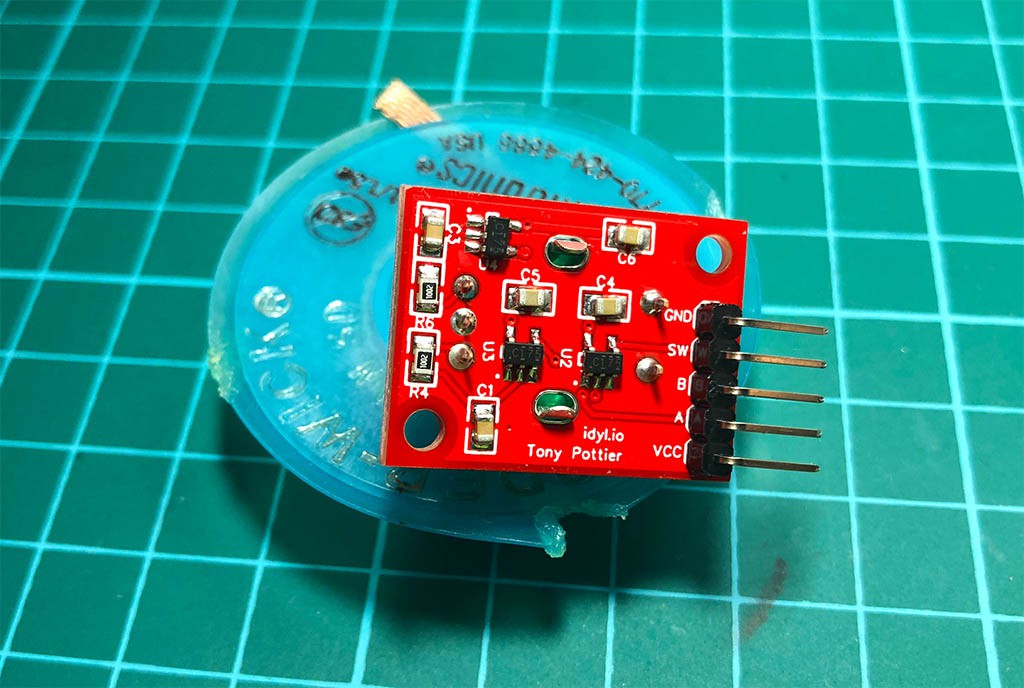
The back contains the three Schmitt-trigger gates; 10k/10nF RC network, and 100nF decoupling cap.
When testing, it was absolutely amazing, bounce free rotary encoder as expected. I checked an edge using my scope:
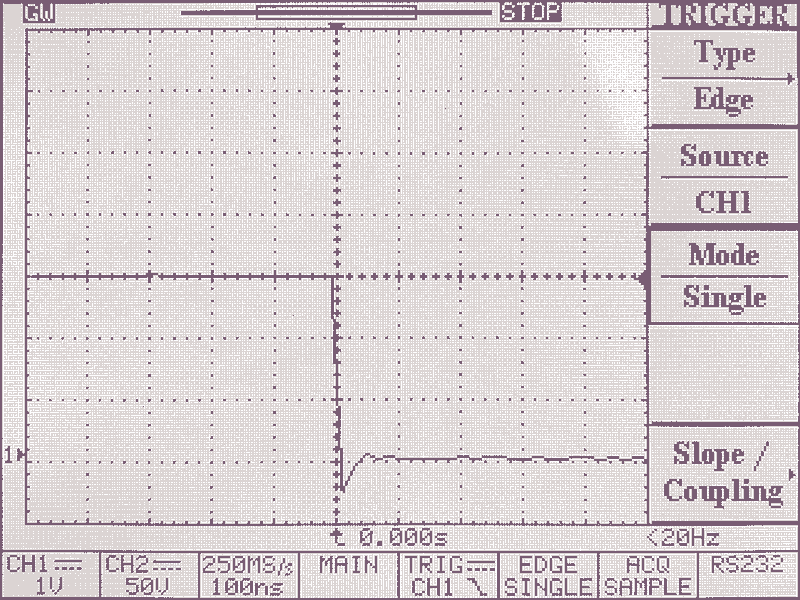
... Very satisfying indeed!
Pushing to a production run!
I originally posted this little module in r/electronics on reddit, and some people suggested I should sell this module. For the next few weeks I then proceeded to transform this pet project into a real product. Based on the experience from the prototype, it was clear I had to make two changes first:
- Add an additional M2.5 mounting screw hole so that it can be really tightened if needed.
- Shrink everything so that it fits on one side of the board.
To achieve this "shrinking process"; I switched to 0603 components and replaced the SOT-23 gates by SOT-553 (0.65mm pitch just like a typical SSOP package).
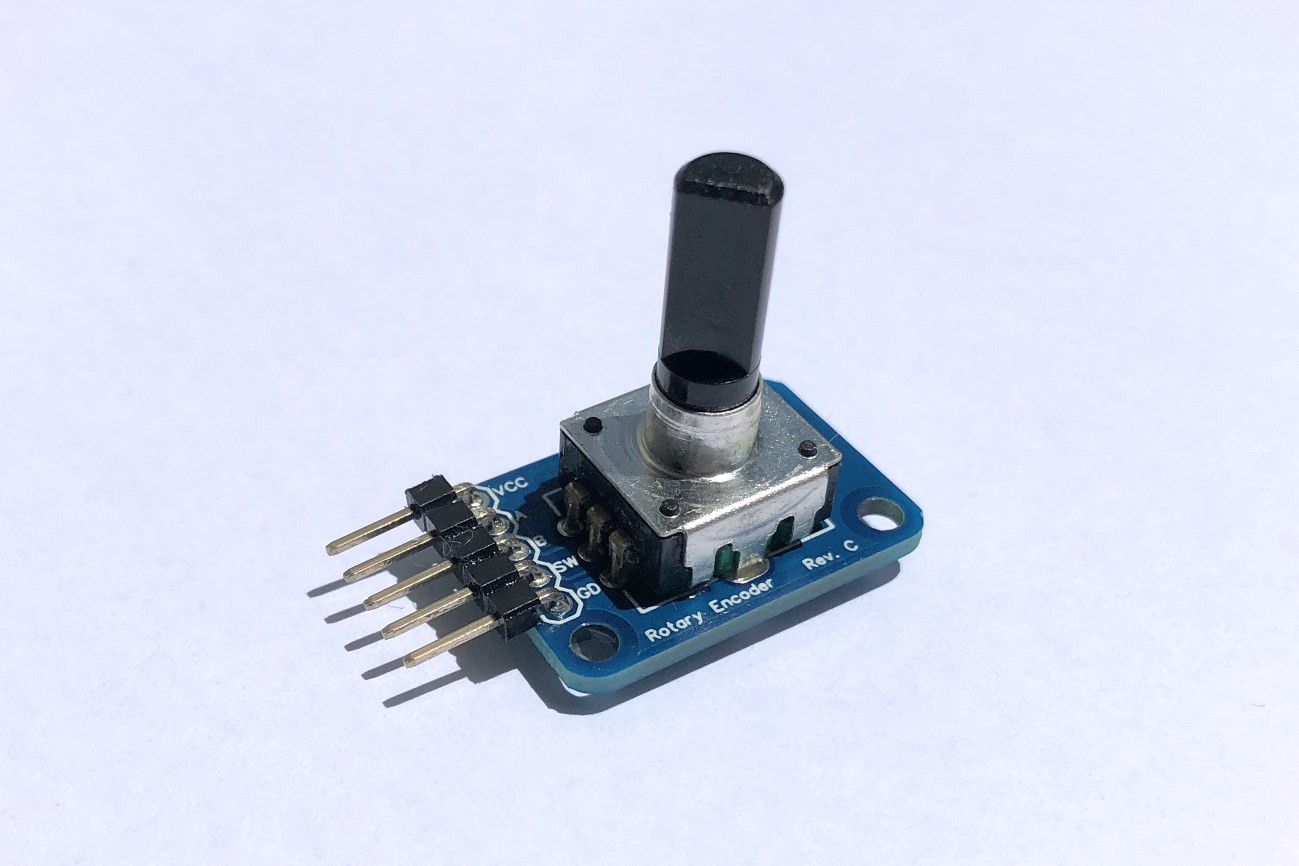
And here it is in all its glory!
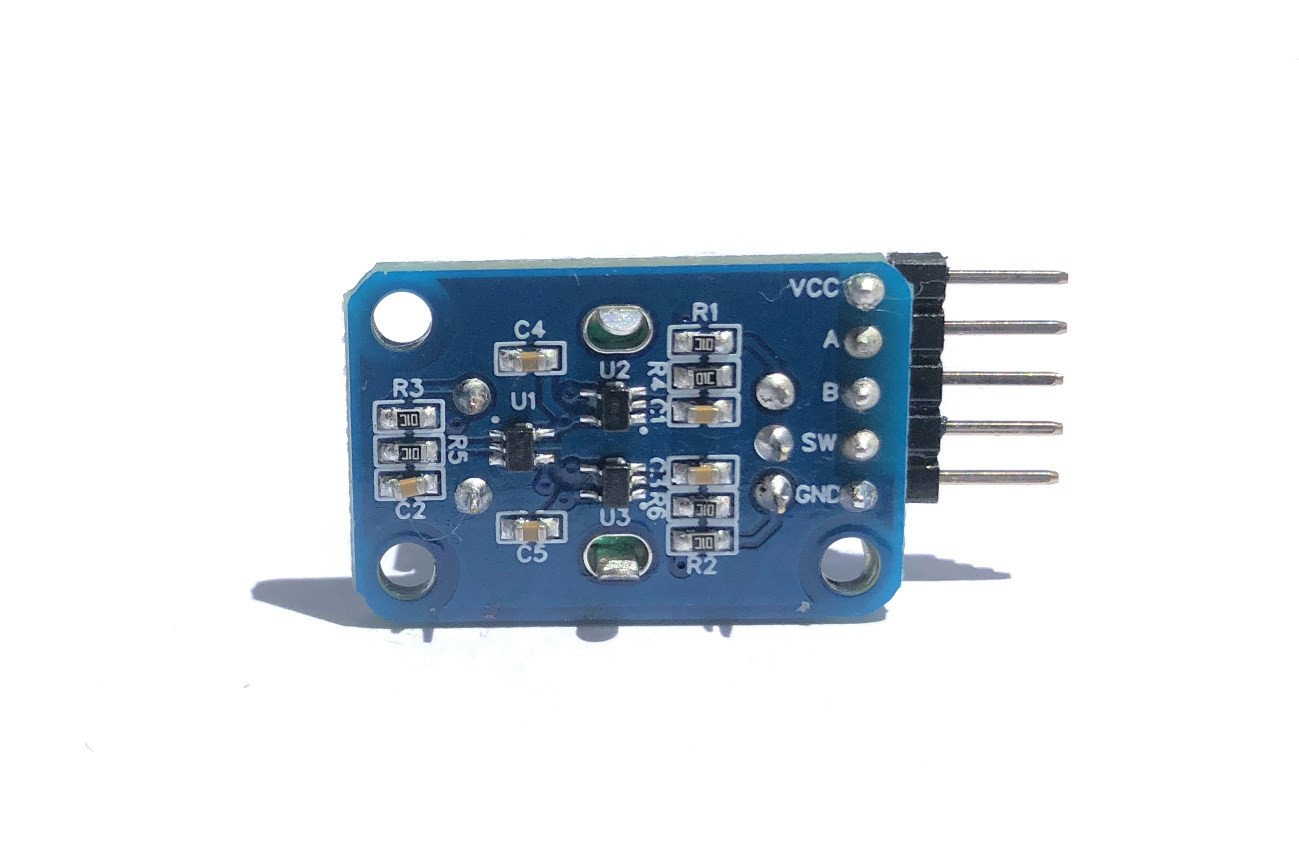
It's also the first time I used a stencil a lead-free solder to assemble the board. PCB Assembly was way too expensive to justify investing so much money into a little pet project and so all assembly is manual.
Working with lead-free solder was actually surprisingly easy. From this experience I can highly recommend SAC-305 paste (96.5% tin, 3% silver, and 0.5% copper) which is very good lead substitute.
What about software encoders?
To conclude, I should mention that while I was doing this project, another awesome encoder module was gaining a lot of traction:
https://hackaday.io/project/27611-i2c-encoder
and its second revision:
https://hackaday.io/project/122039-i2c-encoder-v2
It's an encoder debounced in software through a micro-controller that you can query as a slave I2C device. These are two different approach:
- The hardware debounced encoder is a plain encoder; but that acts as the theoretical "perfect" encoder.
- The I2C encoder mentioned above is a complete package that transform an encoder into an I2C device.
Both approaches have their merits; and ultimately it will be up to what you need for your project.
 Tony
Tony




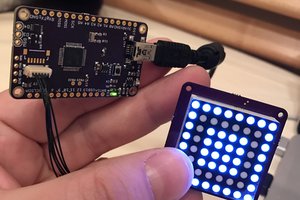
 Jeremy Gilbert
Jeremy Gilbert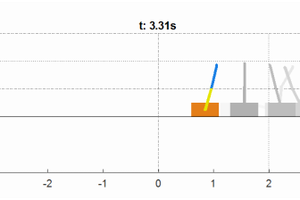
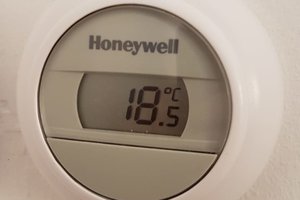
 Ivan Stepaniuk
Ivan Stepaniuk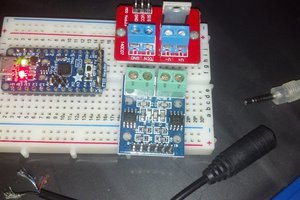
 Welsh Mullet
Welsh Mullet
Are you selling the hardware debounce yet?